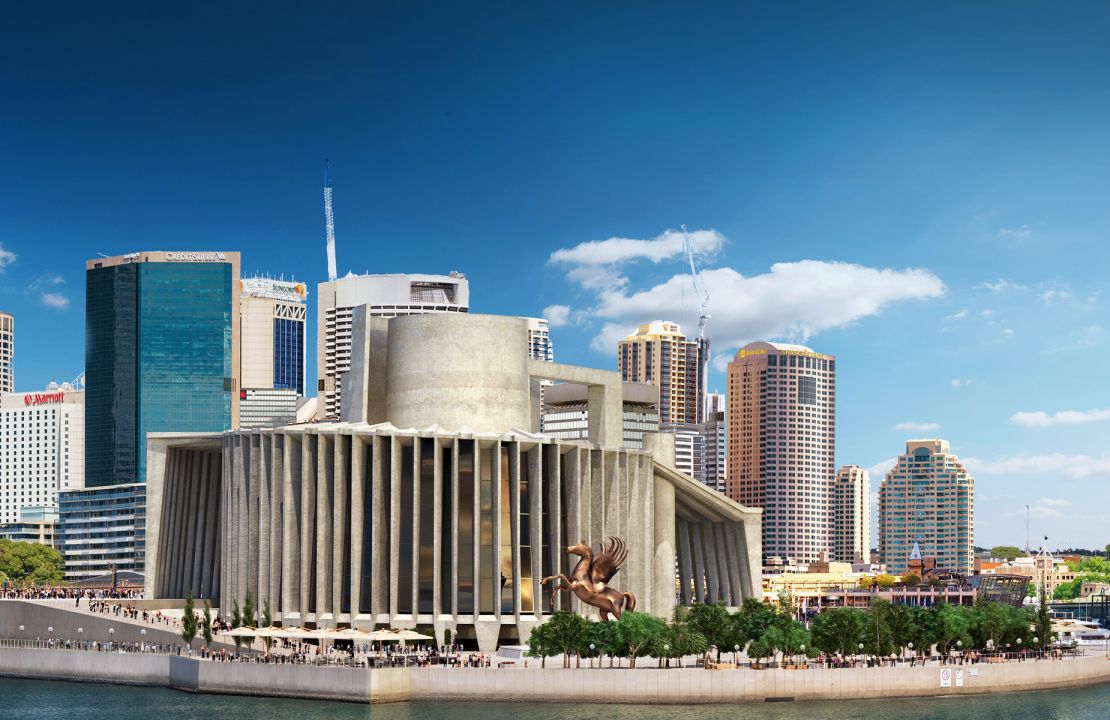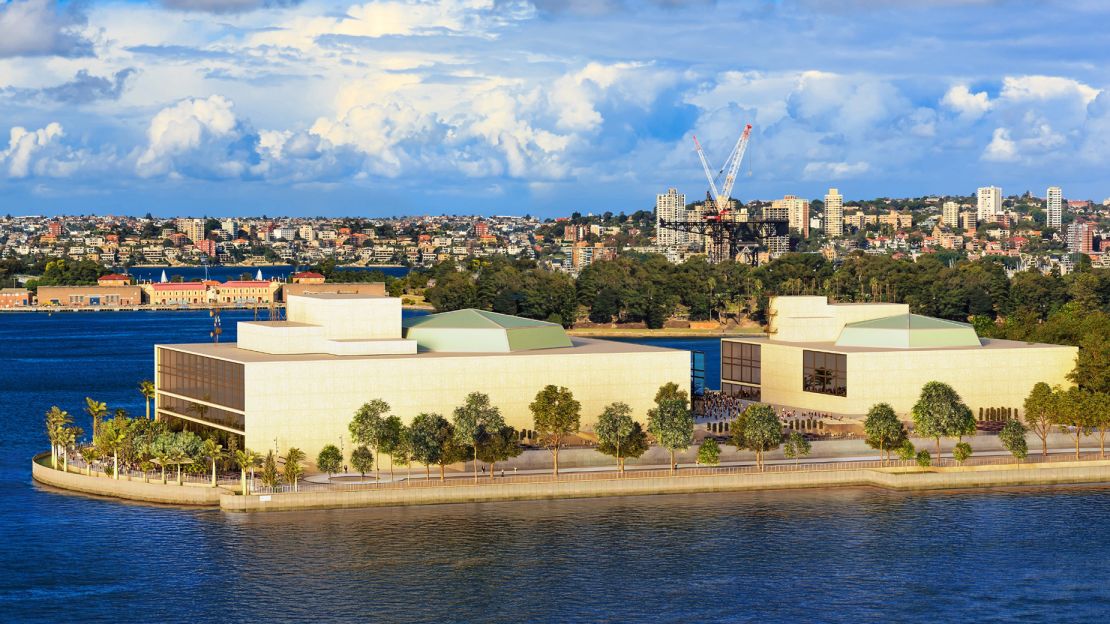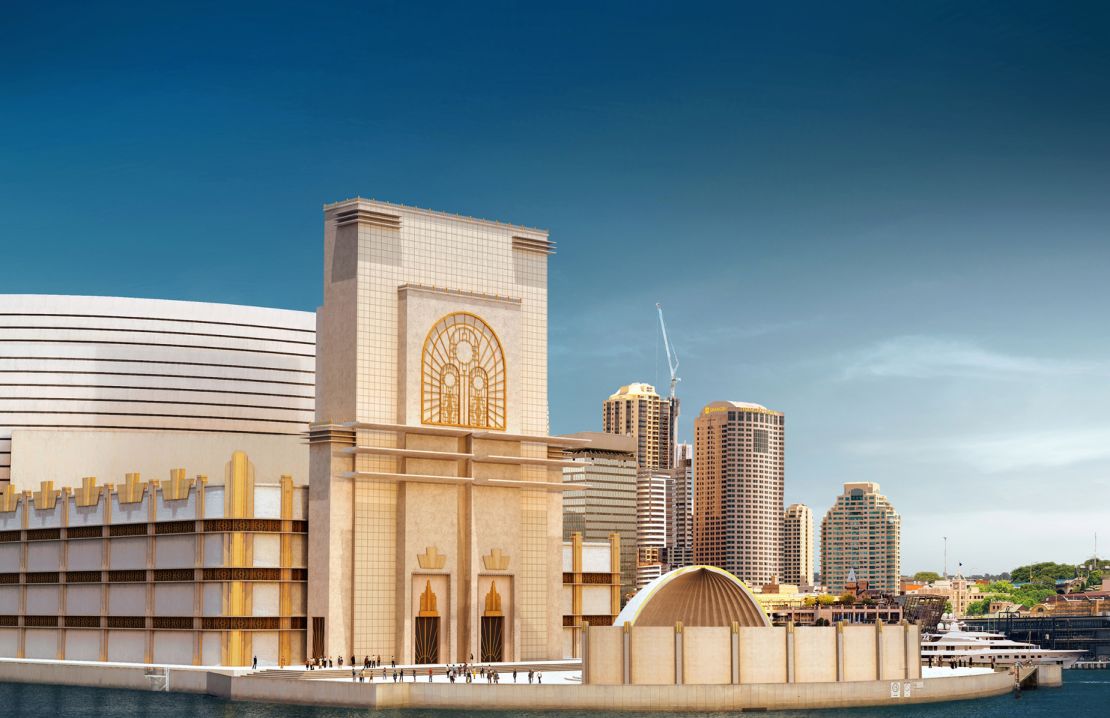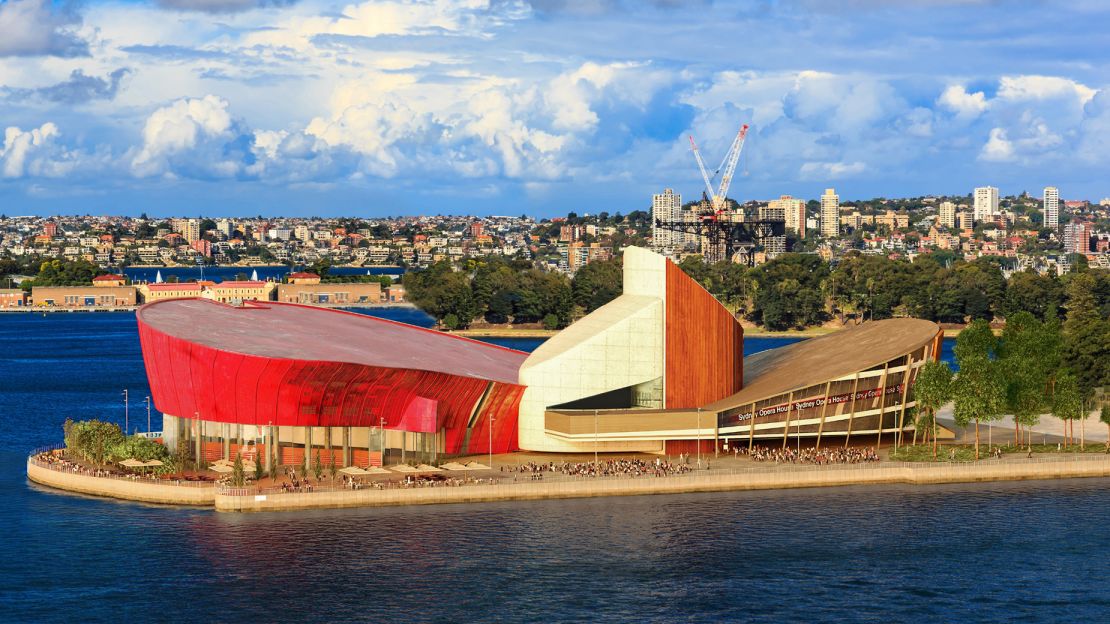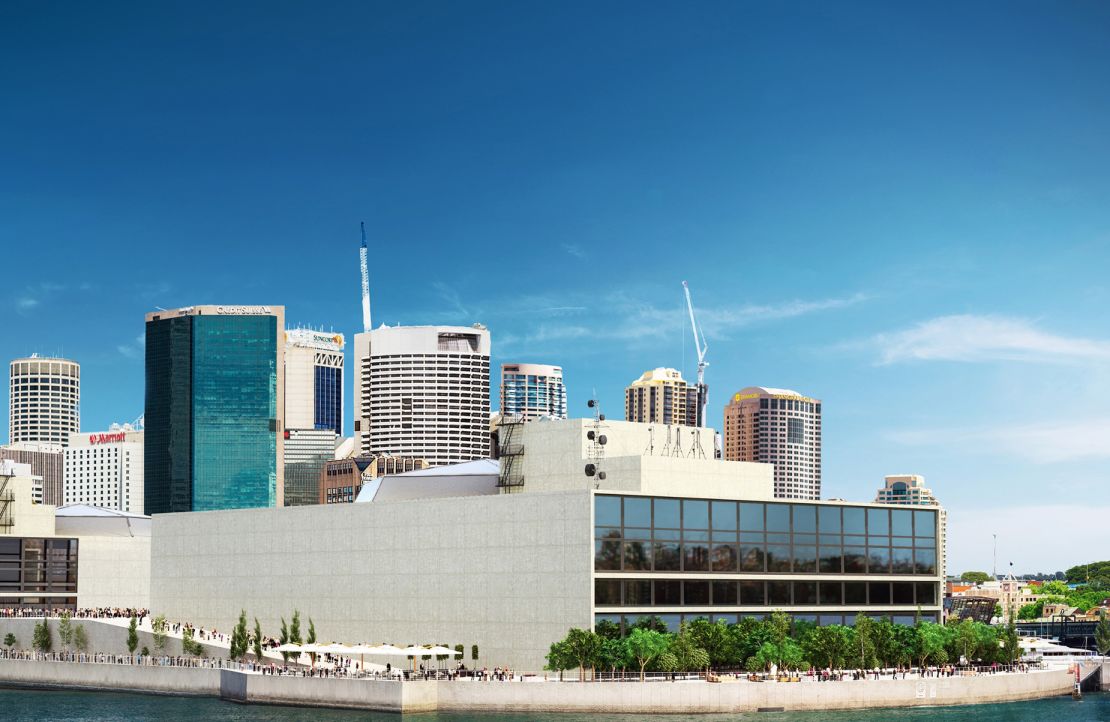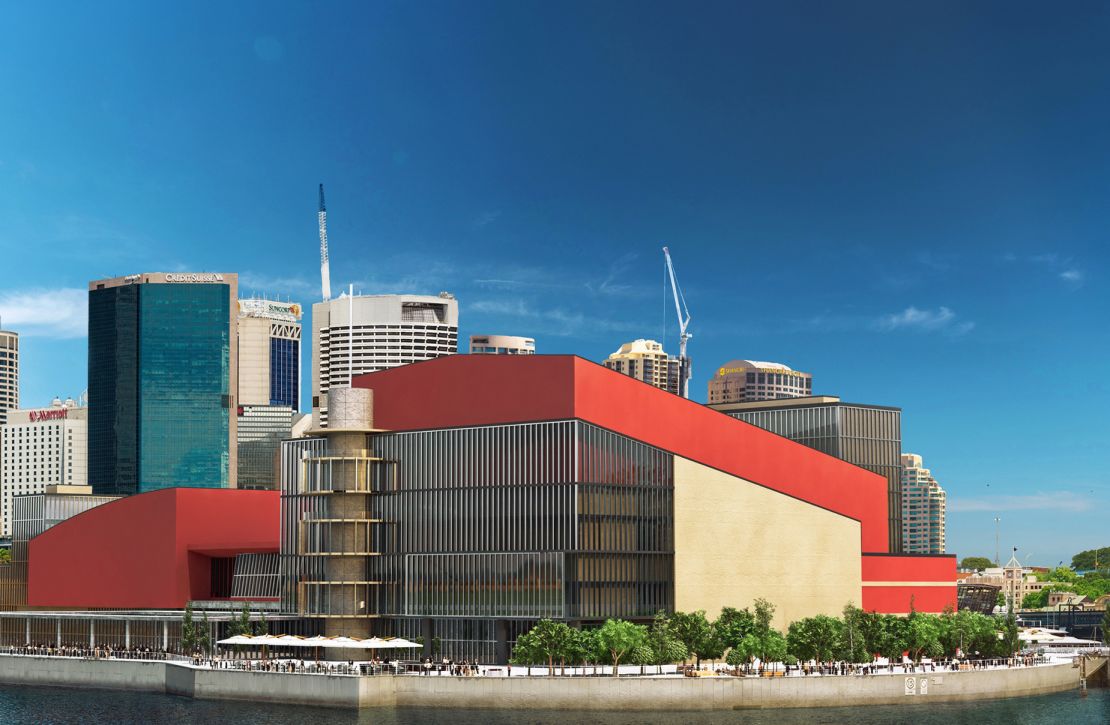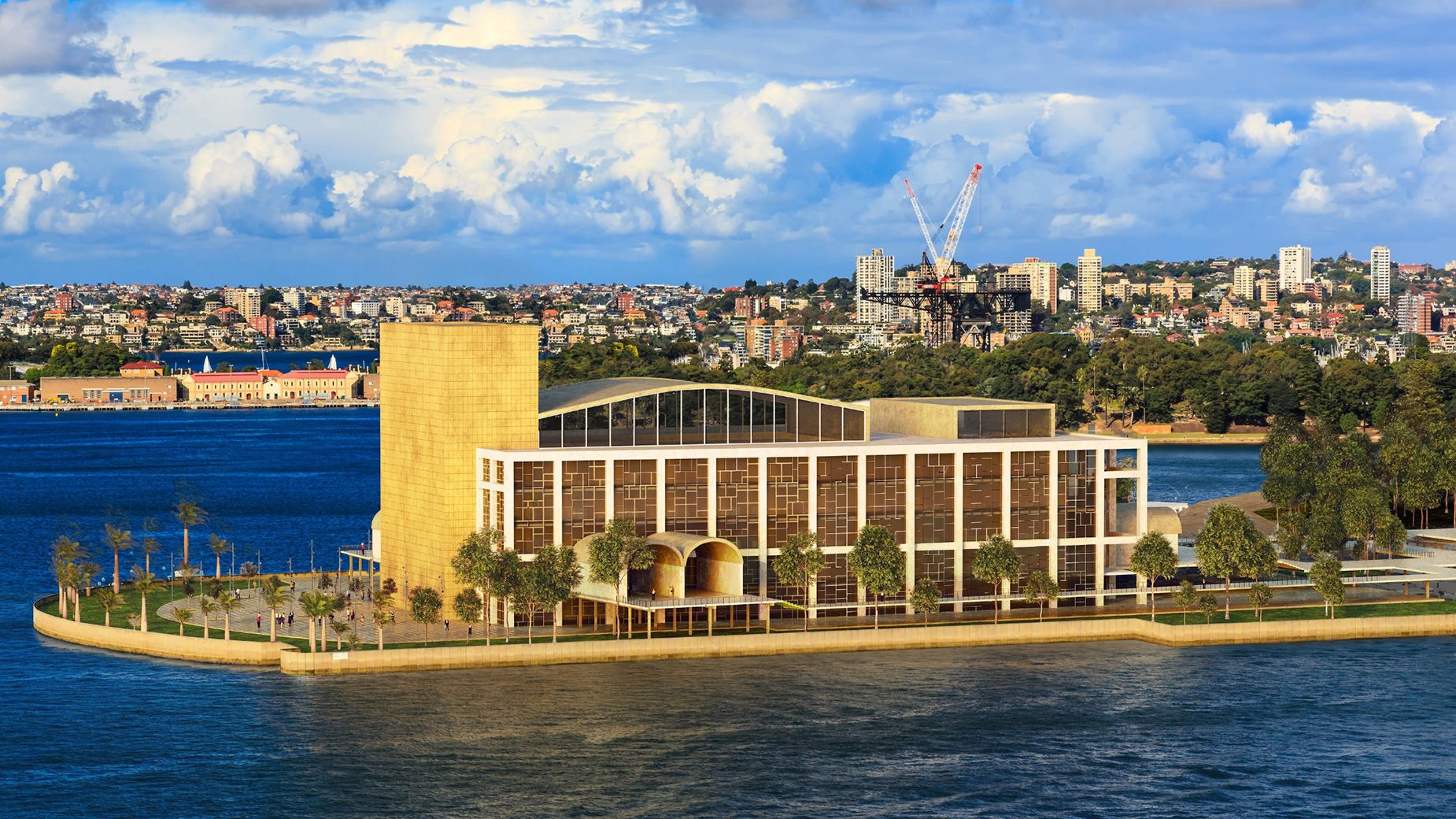CNN
—
On October 20, 1973 — precisely 50 years in the past this Friday — the Sydney Opera Home was opened to nice fanfare by the late Queen Elizabeth II.
Accomplished a decade late and vastly over-budget, the unusual-looking constructing was not an instantaneous hit with Australians. But, within the a long time since, its hanging shell-shaped roof helped it grow to be an architectural icon and an UNESCO World Heritage Website that pulls over 10 million guests a 12 months.
How various things may need been.
Danish architect Jørn Utzon’s profitable proposal was simply one in every of 233 entries in a global design competitors. Launched in 1955 by New South Wales premier Joseph Cahill, who was a long-time advocate of remodeling the positioning of an previous tram depot into an opera home, the competition attracted individuals from over 30 totally different counties.
A doc outlining the competitors standards, referred to as the “Brown Ebook,” described sure architectural necessities: The constructing would, as an illustration, want a primary corridor able to accommodating 3,000 to three,500 individuals (although the ultimate constructing has a capability of underneath 2,700) and parking house for 100 automobiles. The doc additionally addressed points like air flow and exit passageways. However, in any other case, designers have been inspired to indulge their imaginations — with organizers setting no restrict for the way a lot cash proposals may cost to appreciate.
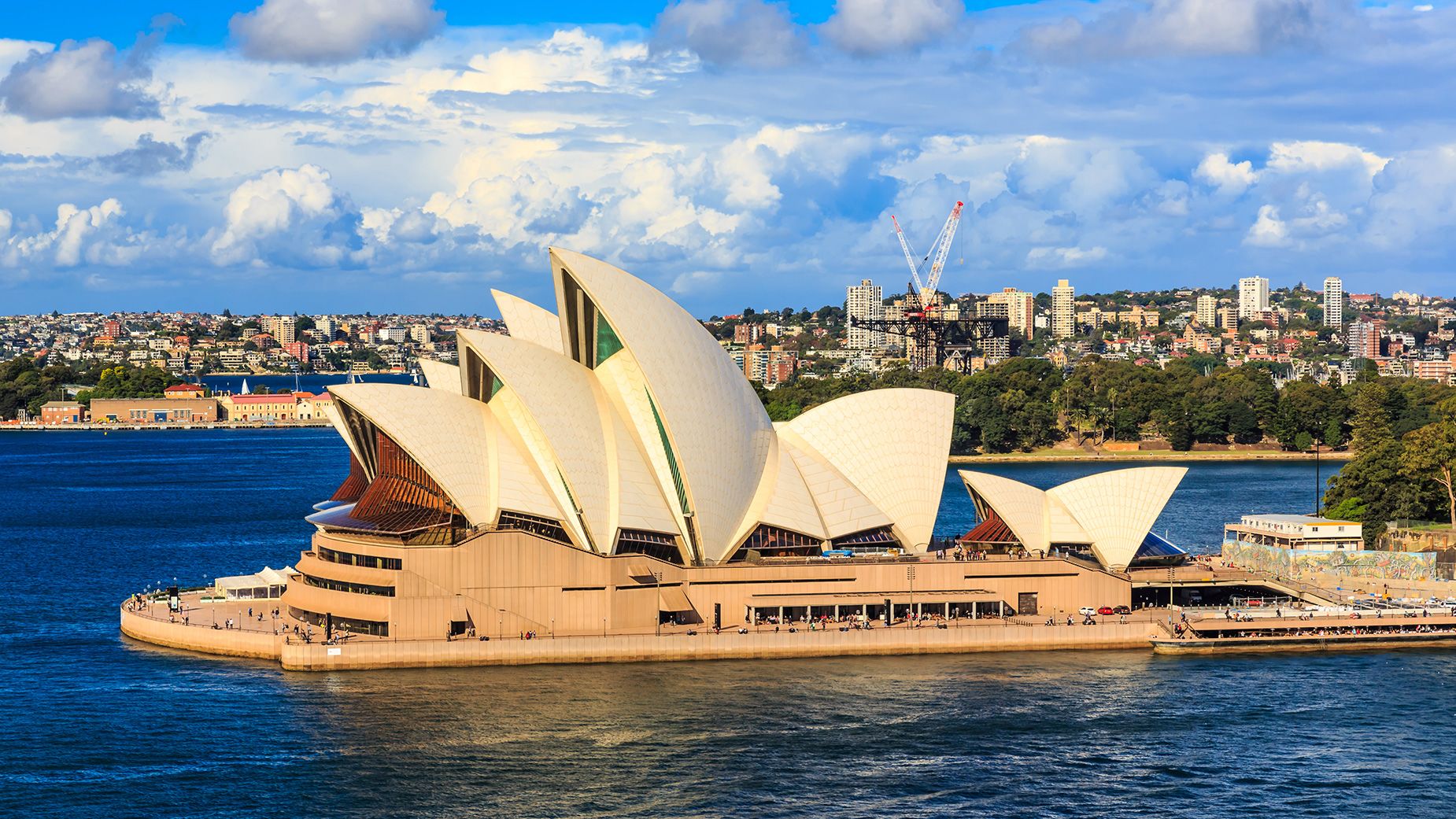
Entrants have been requested just for black and white drawings, together with ground plans and diagrams, in addition to a report that “must be as concise as attainable, explaining solely issues which can’t be readily defined on the drawings,” the Brown Ebook reads. So, in 2019, inventive studio NeoMam Studios and now-defunct structure agency Projection Comunicación Arquitectónica set about researching the entries and visualizing, in full colour, how among the proposals may need appeared.
They picked seven from the 232 unsuccessful entries — a variety course of primarily based each on the deserves of the submissions and the quantity of knowledge accessible to researchers.
“A few of them had a narrative, a few of them have been ones we knew we might do a great job with, and a few have been ones the place we thought, ‘It might have been hilarious in the event that they’d chosen one thing like this,’” NeoMam Studios’ CEO, Gisele Navarro, recalled in a cellphone interview with CNN.
And whereas Navarro concludes that competitors judges finally “made the fitting alternative,” she applauded among the entrants’ “blue-sky pondering.”
Fairly how shut any of those alternate options got here to profitable could also be misplaced to historical past. However legend has it that Utzon’s profitable design was initially dismissed, solely to be saved from the reject pile by Finnish American architect Eero Saarinen, one of many judges.
Listed here are seven of the choice designs that didn’t make the lower:
